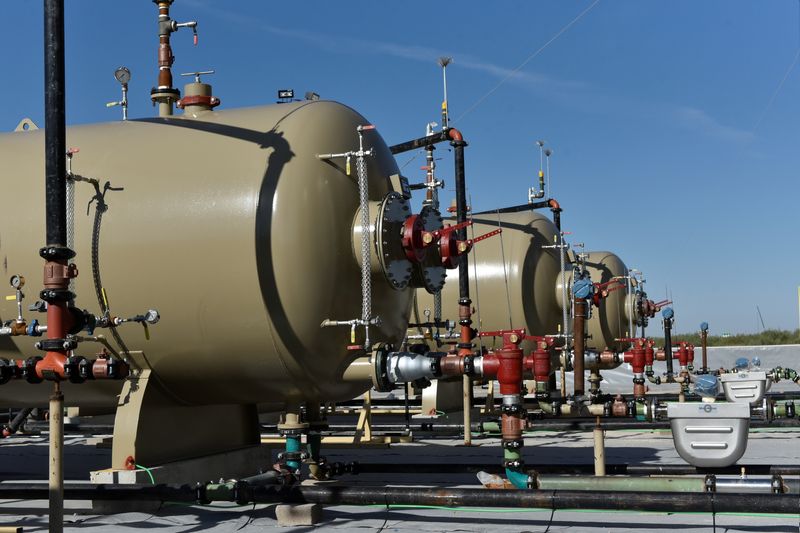By Peter Nurse
Investing.com -- Oil prices dropped to two-week lows Thursday on worries of slowing global growth after central banks in the U.S., Switzerland, and Britain raised interest rates to combat inflation, but tight crude supply should limit losses.
By 9:15 AM ET (1315 GMT), U.S. crude futures traded 0.8% lower at $114.36 a barrel, while the Brent contract fell 0.7% to $117.70 a barrel.
U.S. Gasoline RBOB Futures were down 0.6% at $3.8701 a gallon.
Thursday’s weakness follows losses of more than 2% during the previous session after the Federal Reserve raised its key interest rate by 0.75%, the biggest hike since 1994.
The Swiss National Bank surprised the market by raising its key rate by 50 basis points earlier Thursday and the Bank of England followed suit, hiking for the fifth straight time by 25 basis points.
The market is now starting to price in greater demand destruction, not only in the U.S., the world’s largest consumer of crude, but also in much of the developed world. Additionally, U.S. dollar strength, which has resulted from the Fed’s aggressive action, is also making oil more expensive for emerging markets.
That said, the prices remain elevated as global supply remains tight, with the West imposing sanctions on Russian oil, while China's oil demand is expected to rebound with COVID-19 curbs easing.
“The markets moved faster and the fundamental tightness is deeper than what we would have thought three or six months ago,” Jeff Currie, head of commodities research at Goldman Sachs, said in a Bloomberg TV interview on Thursday. “This is where we should be, but it is a lot deeper than we would have initially thought. Energy and food right now, as we go into the summer months, are severely skewed to the upside.”
There was a rare bit of upbeat supply news, as Russia’s deputy prime minister Alexander Novak said Russia’s oil output will rise by around 600,000 barrels a day this month from May, with decent prospects for further increases in July.
However, this is unlikely to have a significant impact on prices with Libyan oil output collapsing to 100,000-150,000 barrels per day, a fraction of the 1.2 million barrels per day seen last year.
Additionally, the International Energy Agency expects global oil demand will grow by 2.2 million barrels a day in 2023 to reach 101.6 million b/d, exceeding pre-COVID levels, in its monthly oil market report, published on Wednesday.
Elsewhere, European natural gas prices surged again as Russia cut supplies to its biggest customers, Germany and Italy, a move which follows a recent fire at Freeport LNG in the U.S., with the plant set to be offline for as long as 90 days.
